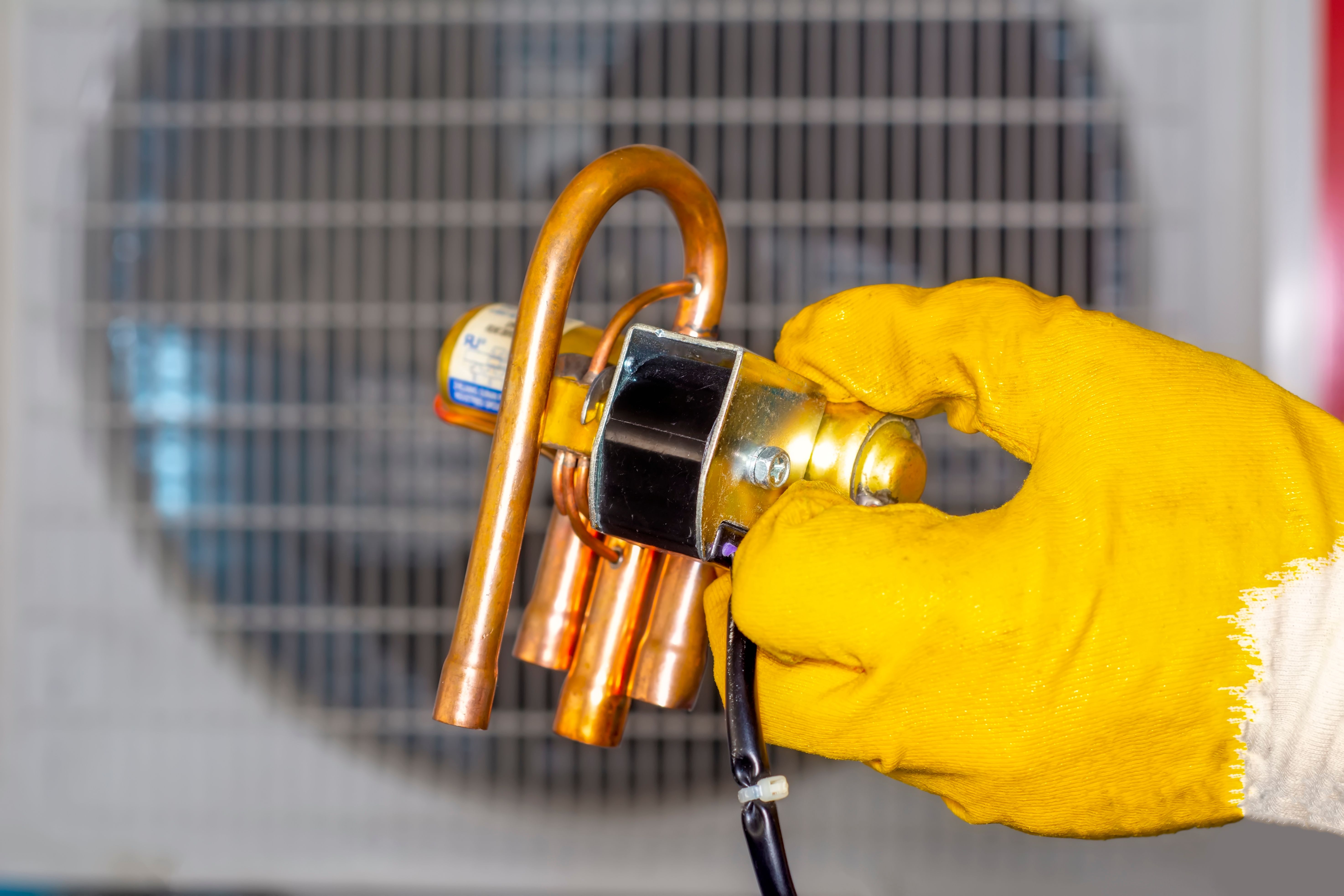
ICVCM announces first CCP labels: LFG and ODS
June 7, 2024 - Commentary
As of January 2025, Calyx Global has updated its GHG Rating scale to AAA-D. This article may reference the old rating scale. Read more here.
Today the ICVCM announced its first CCP labels – for some portion of credits generated from landfill gas and ozone depleting substances (ODS) projects. At a broad brush level, the decisions seem to largely track with our analysis of 137 LFG and 18 ODS projects to date – these project types tend to rate more highly than others, especially the destruction of ODS.
Note: The illustration below does not yet take into account the exceptions, i.e. projects using earlier methodologies and/or for LFG projects, those with >10MW capacity. It is also worth noting that ODS projects only include destruction of the substance.
 Some landfill gas credits will get the label, even if they do not strictly meet the CCPs. The ICVCM Board decided to accept most landfill gas (LFG) credits. The only restrictions are credits from projects using older methodologies (such as early versions of ACM0001 or CAR’s LFG protocol) and facilities with >10MW capacity.
Some landfill gas credits will get the label, even if they do not strictly meet the CCPs. The ICVCM Board decided to accept most landfill gas (LFG) credits. The only restrictions are credits from projects using older methodologies (such as early versions of ACM0001 or CAR’s LFG protocol) and facilities with >10MW capacity. 
What we have found is that LFG project ratings can vary – due to several factors:
Additionality: Some methodologies do not require, for example, that a project demonstrates “prior consideration” or, for projects that utilize the LFG (and generate electricity), demonstrate that the project is not financially attractive without the carbon revenue. This is because, currently most of the tools used by major registries (including the CDM tools) do not have such requirements in place. That means that some projects will receive the label that may not be additional. If you’re a subscriber, you can log into the Calyx Global Platform to view further explanations and project details.
Over-crediting: There is strong scientific evidence that the currently used default factor (10%) is too low for most circumstances. In such cases, we believe that the ICVCM should apply their principle of conservativeness (see below), i.e., use a conservative factor – which can be derived from the most recent, independent literature – that would not result in overestimation.

There are cases where LFG projects are not over-estimating emission reductions. In these cases, the landfill uses a synthetic or clay cover in the baseline scenario. In general, this is currently the only way an LFG project can achieve an “A+” rating by Calyx Global, i.e. if it uses such a cover and/or applies a conservative oxidation factor.
ACR’s ODS US domestic methodology is missing.
Both ACR and CAR’s international (i.e., Article 5) methodologies have been granted eligibility for the CCP label. CAR’s ODS US (United States) domestic protocol was also granted eligibility. We are not sure why ACR’s US domestic methodology was not listed – because, aside from a few small differences, we believe it is very similar to CAR’s ODS US domestic protocol in terms of GHG integrity. While there are a few problems with ACR’s newer v2.0 methodology related to over-crediting, we believe the result is no worse than the over-crediting one may see in landfill gas credits.
To learn more about the project-level impact of the first CCP-label announcement and to receive additional research and insights on carbon credit quality, contact us to become a subscriber.
Keep up with carbon market trends
Get the monthly newsletter and stay in the loop.
Trusted By



About the author
Calyx Global Research Team
Next Up

Ozone depleting substances: unpacking carbon credit integrity under a new methodology
December 15, 2025

Joint statement: Calyx Global, Carbonplace announce partnership to help companies buy high quality carbon credits
December 9, 2025

Joint statement: Calyx Global ratings now available on Emsurge Open Markets trading platform
December 3, 2025